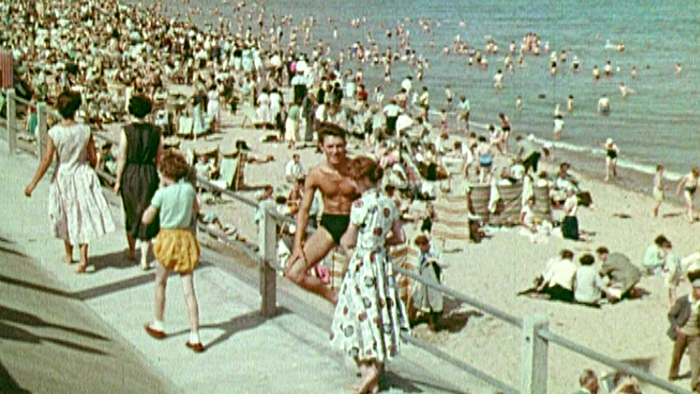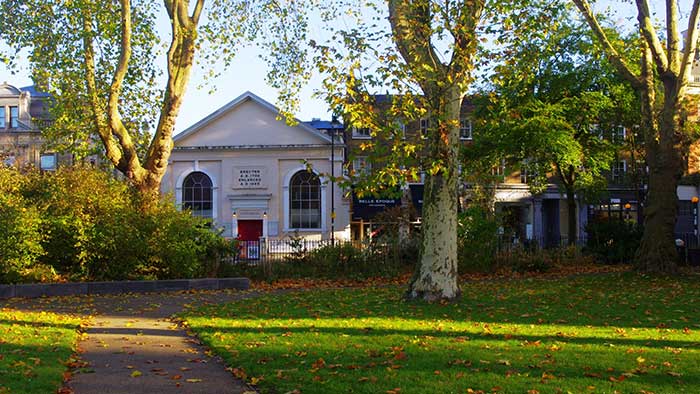2014 was big for Scotland. It was the year of the Glasgow Commonwealth Games and the Scottish independence referendum, two major events that shone a spotlight on the country and its people. To mark this historic moment, I was asked to create a film that would reflect on national and cultural identity – and put Scotland up on screen.
As a Professor of Film in the Department of Media Arts and Communication, my research is very much practice-based. I’ve spent years writing and directing distinctive films that experiment with narrative form. For this project, I was interested in using cinema to explore identity, culture and memory, while telling the story of people who are often missing from mainstream history.
After months of research at the National Library of Scotland Moving Image Archive (NLSMIA), I wove together thousands of images into a compelling narrative. The result? From Scotland With Love (FSWL) – a 75 minute feature film created purely from archive footage, with original music by Scottish singer/songwriter King Creosote.
Since its premiere, FSWL has been shown at cinemas and events around the world, reaching millions of people. Its ‘new kind of history’ is also engaging diverse audiences, including the Scottish diaspora, school children, new migrants and communities living with dementia.
The making of From Scotland With Love
I carried out my initial research at the NLSMIA, where I viewed hundreds of films ranging from family archives to government documentaries, protest films, ads and B-movies. From these, I chose over 4000 images relating to universal themes of 20th century Scotland, including love, loss, emigration, war, work and leisure. These were then arranged thematically in the edit room, without any voiceover or narration. I wanted to let the footage speak for itself – and give audiences space to find their own meaning there.
From the outset, it was important to me that FSWL told the story of ordinary Scottish people. By simply showing them work, play, dance and live, I wanted to create a new kind of ‘history from below’. Central to this was an emphasis on women, who are so often absent from mainstream narratives about the past. Key sequences in the film, such as one where we see them working in a lino factory, helped shine a light on their hidden experiences.
Music is also a vital part of the film. While constructing the visuals, I worked alongside the composer (King Creosote) and sound designer, so each process shaped and influenced the other. This unique approach helped add another layer of meaning to the footage and bring out its emotional story. For example, evocative images of fisher-lassies gutting fish inspired ‘Cargill’, a love song about life at a fishing port from a female perspective.
A cultural touchstone
FSWL premiered with a fantastic live performance of the score at the 2014 Commonwealth Games Cultural Festival in Glasgow. It had an amazing reception, encouraging audiences to reflect on, and celebrate, Scottish history and culture. Since then, it’s been released in more than 60 UK venues, screened at festivals around the world, and aired by the BBC 10 times.
The film gained particular significance in the run up to the Scottish independence referendum, when questions of national identity were front and centre. To engage the public with these themes, we took FSWL to over 20 regions as part of a tour of defining Scottish films. From the Borders to the Highlands and Islands, it enabled people to take part in discussions about what it meant to be Scottish at this crucial time. I found it very moving to see audiences inspired to get involved in their own history, with many of them sharing photos and memories at the screenings.
FSWL has also been shown at a number of culturally defining events, including the opening of the new Forth Road Bridge and the National Museum of Scotland exhibition about the history of Scottish popular music. Further afield, it engaged the Scottish diaspora via film festivals in the US, Canada and New Zealand. Their positive feedback showed how much they valued seeing their culture reflected from afar.







